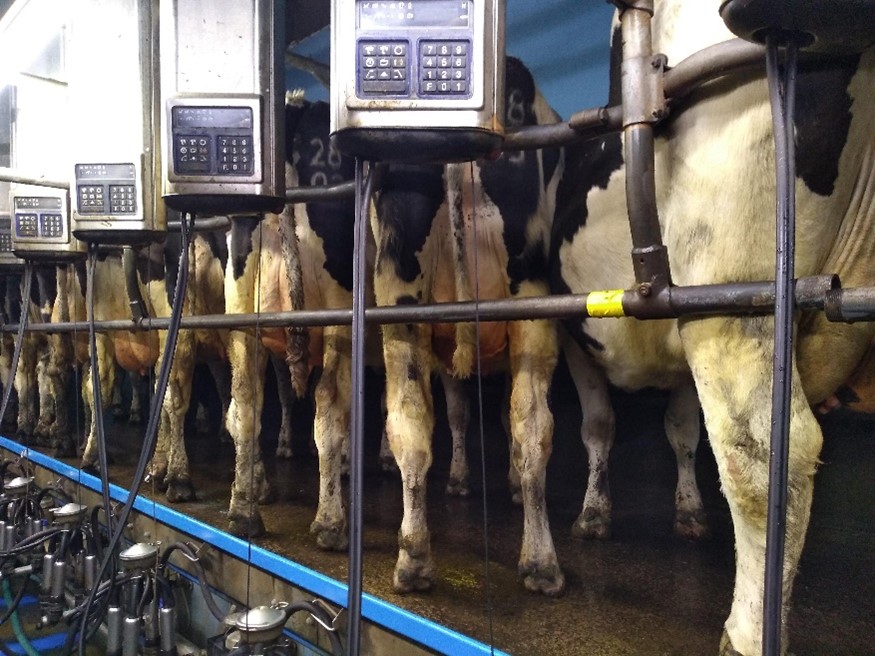The Ten In Seven Milking System
10 February 2023New Zealand dairy farmers have been leading the way in flexible milking schedules, with more farmers moving away from twice a day (TAD) milking. Now less than 50% are on TAD milking. Milking 3 times in 2 days is the most popular system, with much of the research focussing on a 12-18-18 hour milking interval. Here, the cows are milking at 5am and 5pm on one day and then milked once at 11am the following day and then back to 5am and 5pm the day after. This is more preferable than 16-hour milking intervals which leads to anti-social milking hours through the night. Using this system for the whole lactation resulted in only a 5% drop in milk yield (and 5% less kgs of milk solids) compared to TAD milking, according to Dairy NZ research.
However, a more attractive approach for staff is perhaps the 10 in 7 system, where cows are milked 10 times in 7 days. This can be planned so that there is only 1 milking every Saturday and Sunday, unlike the 3 in 2 system where every second Saturday or Sunday has 2 milkings. Also, every week is the same routine. With the 10 in 7 system cows are milked TAD on Mondays, Wednesdays and Fridays and only once a day (OAD) on Tuesdays, Thursdays, Saturdays and Sundays. This works out at 29% less milkings than TAD so again, a small yield drop should be expected and from practice, kgs of protein tend to drop more than kgs of fat, which may impact the value of milk depending on the contract. This system is a good compromise between TAD and OAD milking, with significantly less drop in yield compared to OAD, with up to 5% loss in yield being reported. Example milking times could be as follows: 5am and 3pm on Mondays, Wednesdays and Fridays and 10am on Tuesdays, Thursdays and Saturdays and 7.30am on Saturdays.
With the 10 in 7 system, grass allocation needs careful planning. While some farmers work on a 48-hour/2-day feed allowance, others have worked with higher allocations between the longer milking intervals so they work out feed allocation by hour to allocate grass based on the hours spent in the paddock, which is a more complicated option. The amount of concentrate fed at each milking is usually kept the same. For more information on grazing management with flexible milking systems see: https://www.dairynz.co.nz/milking/milking-intervals/flexible-milking/implementing-flexible-milking/
Other considerations to this system include the capacity of the bulk tank and milk collection times. Also, on the days where cows are only milked once, the milking time in the parlour is longer.
There are positive outcomes for staff with a better work-life balance and more time for other jobs on the days of once milking, especially on weekends. Other benefits include lower electricity use for running the parlour and savings on chemicals/teat dip. This milking system may attract more people into the industry by providing a better work-life balance and labour costs may be reduced depending on reliance on relief milkers and whether staff are paid hourly.
The system suits block calving, grazing herds yielding no more than 7000-7500 litres and if implemented in higher yielding housed herds, the longer milking intervals may lead to more problems with higher cell counts and mastitis where leakage of milk might occur.
Other observations from farmers that have moved from TAD milking to the 10 in 7 system include an improvement in body condition in the spring and subsequent fertility, with more of an improvement the greater the walking distance from the grazing platform to the parlour.
Sign up to the FAS newsletter
Receive updates on news, events and publications from Scotland’s Farm Advisory Service

